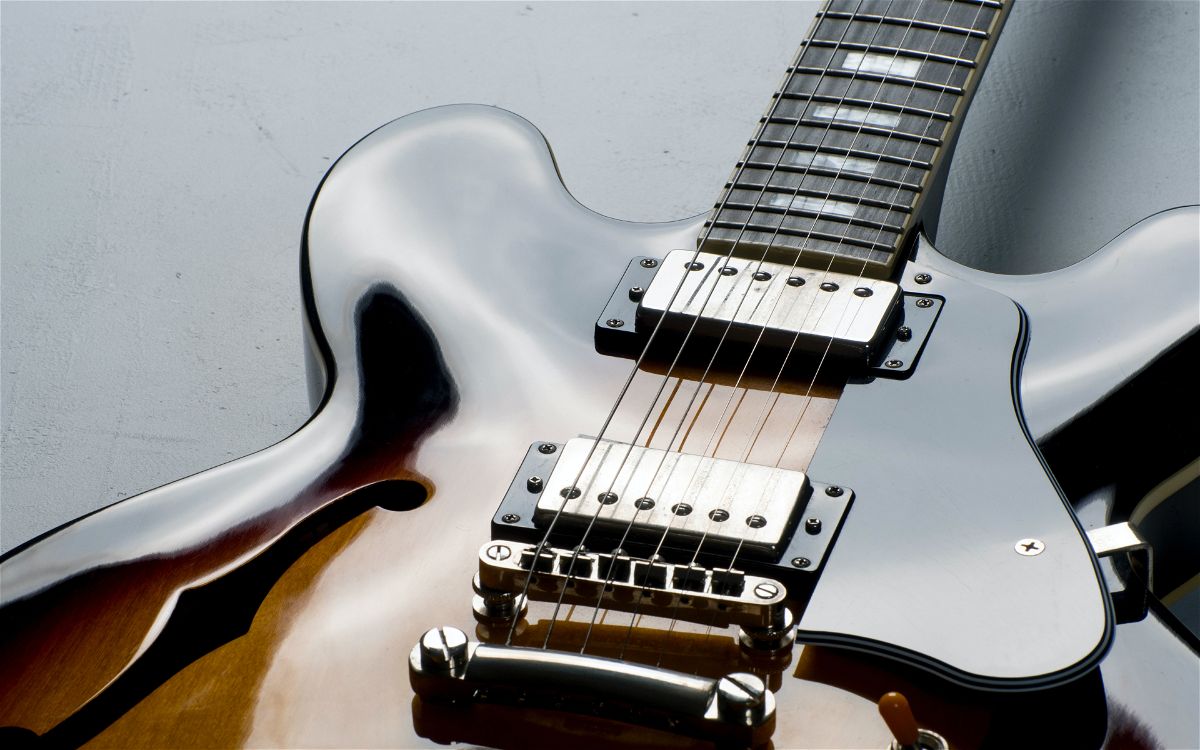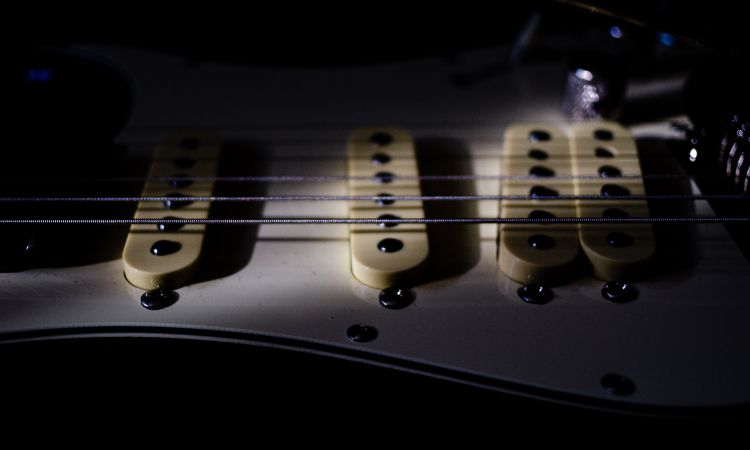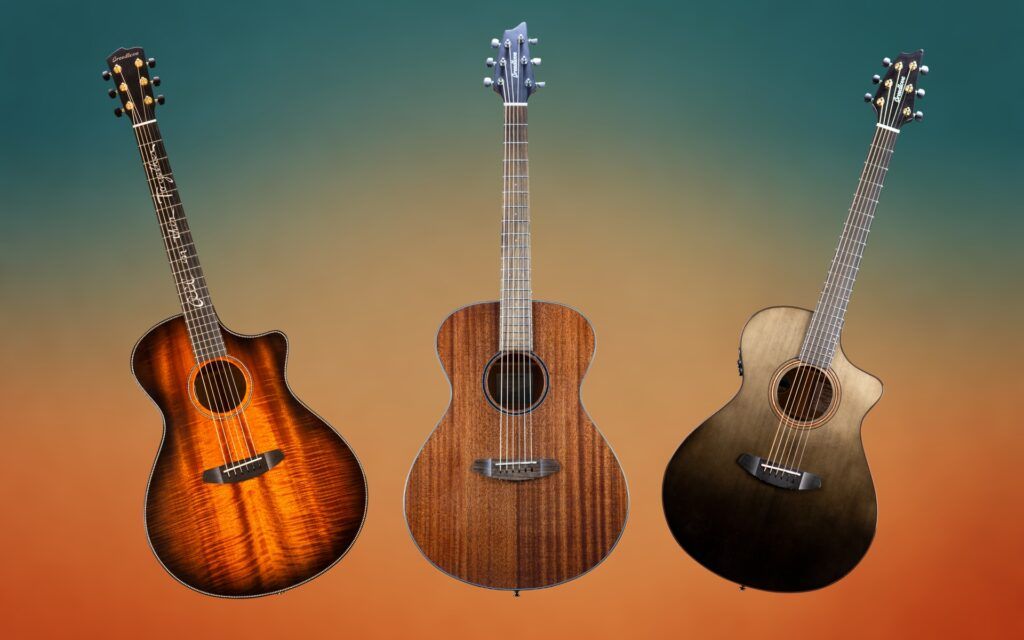Guitar pickups are the parts of a guitar that sense vibrations and convert them into electrical signals, which then creates sound when amplified. Most modern electric guitars will have more than one pickup, and the most common arrangement is to have a bridge pickup, located near the guitar’s bridge, and a neck pickup, located close to the neck.
If you are a new guitar player, you may be unsure of the difference between the bridge and neck pickups and why you have the option to change which pickup you use. In this article, we will explore the difference between these options and explain when to use each pickup so that you can take your guitar playing to the next level.
Neck vs Bridge Pickup: Understanding the Differences
One of the best ways to get to grips with the fundamental difference between the bridge vs neck pickup on a guitar is to either use an acoustic guitar or turn the volume down on your electric guitar. From there, choose a guitar string and play it close to the bridge of the guitar, then play it again closer to the neck of the guitar.
You should notice that playing it closer to the neck produces a warmer tone while playing it closer to the bridge makes the note sharper. Of course, with an acoustic guitar, this occurs on a sliding scale as you move up and down the guitar, but the same basic principle applies when dealing with an electric guitar’s neck pickup vs bridge pickup.
Essentially, the pickups are designed to help replicate this difference in tone. The neck pickup will detect vibrations from the strings closer to the neck, while the bridge pickup will detect vibrations closer to the bridge. Depending on which pickup you use, you can move between the warmer, rounded tone of the neck, and the brighter, sharper sounds of the bridge. Your choice may depend on the style of music you are playing and the sounds you are looking to produce.
In instances where your guitar also has a middle pickup available to use, the sound produced by it will be roughly halfway between the warm tones of the neck and the sharper tones of the bridge.
When to Use Neck or Bridge Pickup While Playing Guitar
Now that you have a better understanding of how a neck pickup and a bridge pickup differ from one another, it is time to consider the practical difference between actually using the bridge vs neck pickups. It is just as essential to get to grips with precisely when to use these options and for what purpose.
The bridge pickup is usually associated with thinner, brighter, sharper tones, so use it when this is the sort of sound you are looking for. Most guitar players default to using the bridge pickup and it may be viewed by some as the safer option if you are in any doubt. Some good specific examples of when it may be best to use it include when you are playing rock riffs, or when playing rhythm sections of songs.
On the other hand, the neck pickup is associated with warmer, thicker, and richer tones. Historically, many jazz guitarists have favored the neck pickup, while it is also often the preferred option when playing high, individual notes. A good example of this would be many rock or blues guitar solos, where very high, single notes may be played in quick succession. Nile Rodgers is an example of a guitarist who often uses his neck pickup for songs.
However, it is important to understand that while these are general rules of thumb, they do not need to be strictly adhered to. Experiment by moving between the two pickups and see which sound you like best. You may find that you like the sound of the neck pickup, even when playing a rhythm section, so do not be afraid to try things out.
Throughout history, many of the best guitarists have experimented with switching between the bridge and neck pickups on their guitar, even in the middle of a song. A good example of this is the Guns N’ Roses track, ‘Sweet Child O’ Mine’, where Slash moves between the pickups halfway through one of the guitar solos.
Replacing Guitar Pickups: What Do I Need to Know?
When it comes to replacing the pickups on your guitar, you may notice that some pickup options are labeled according to whether they are a neck pickup or a bridge pickup. Clearly, these labels correspond to where they should be positioned on the guitar, but are there actually any differences between these pickups in terms of function?
The simple answer is ‘yes’. When a string is plucked, the vibrations will be stronger closer to the neck than they will be at the bridge. With this in mind, the output is usually higher for a bridge pickup than for a neck pickup, in order to compensate for this difference in vibrations, and the relative lack of movement near the bridge.
As a general rule, in order to achieve optimum sound, you should make sure you replace your guitar pickups properly, using a bridge pickup for the bridge position, and a neck pickup for the neck position.
With that being said, this does open up options for experimentation too, by using neck pickups in both positions, or bridge pickups in both positions. Just remember, if you do this, you may not achieve the kind of sound consistency you are used to. If you are looking to play things safe, it is best to stick to using pickups in their intended position.
Final Thoughts
Understanding when to use the neck vs bridge pickup on your guitar sounds more complicated than it actually is. While rock riffs and rhythm sections tend to sound better on the bridge pickup, and while jazz guitar can sound great using the neck pickup, these are not hard and fast rules, so you should also take the time to experiment a little!








